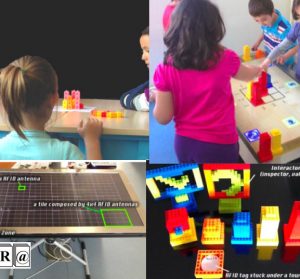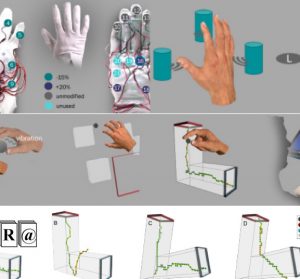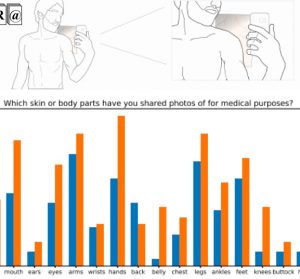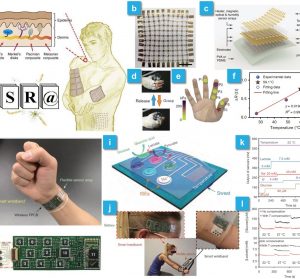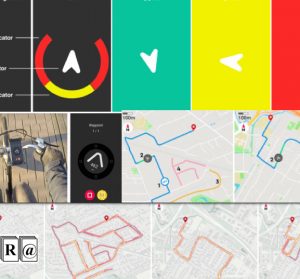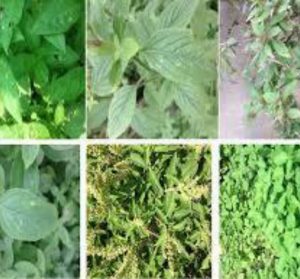Using a Serious Game with a Tangible Tabletop Interface to Promote Student Engagement in a First Grade Classroom: A Comparative Evaluation Study
Abstract This study considers to what extent a tangible tabletop interface can enhance student engagement in a serious mathematics game compared to regular interaction with the same game in a […]
